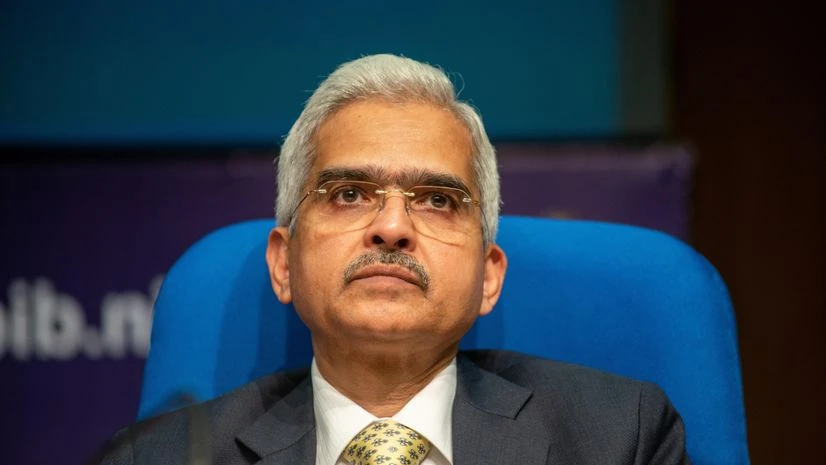Shaktikanta Das, the Governor of the Reserve Bank of India, has skillfully balanced the rupee’s stability while supporting Prime Minister Modi’s export goals. India’s foreign exchange reserves have reached nearly $700 billion, echoing China’s past strategies. This approach has made the rupee less volatile, even as it hit record lows close to 84 per dollar. Despite intervention risks criticized by the US Treasury, the strategy has attracted foreign investment and improved the current account deficit, aided by recent global Market trends and lower oil prices. As Das’s term nears its end, the RBI is poised to follow the US in lowering interest rates, potentially impacting the next leadership’s challenges in maintaining this currency stability.
Title: RBI Surges Foreign Exchange Reserves to Nearly $700 Billion
Date: September 20, 2024
By Subhadip Sircar and Anup Roy
In a remarkable achievement, Shaktikanta Das, the Governor of the Reserve Bank of India (RBI), has successfully navigated the complexities of managing the Indian rupee’s value. Under his leadership, the RBI’s foreign-exchange reserves have soared to nearly $700 billion, drawing comparisons to China’s reserve buildup two decades ago. This increase is a significant move that not only stabilizes the currency but also supports Prime Minister Narendra Modi’s push to enhance India’s export capabilities.
Despite the rupee experiencing a decline to record lows near 84 per dollar, this strategy has not resulted in alarming spikes in import costs or inflation. Remarkably, the rupee remained relatively stable even amid recent global Market shocks caused by the Federal Reserve’s interest-rate cuts. The RBI’s proactive interventions have transformed the rupee from one of Asia’s most volatile currencies to one of the least affected.
The RBI’s strategy aims to mitigate volatility and build a safety net of foreign reserves to protect the economy from sudden changes in foreign investments. This has led to a rise in foreign investments while also reducing the current account deficit, boosted by factors like reduced oil prices from Russia and global companies establishing service hubs in India.
With inflation trending toward the RBI’s target of 4 percent, the central bank is now positioned to consider lowering interest rates. However, any such decision may ultimately fall to Das’s successor, whose identity and appointment remain uncertain.
With a solid reserve base, the RBI can safeguard against potential economic shocks and continues to attract global investments, helping position India as a major trade hub. Das’s approach aims to foster a stable exchange rate, supporting the government’s objective of increasing overseas trade transactions in Indian rupees.
As India makes strides toward bolstering its economy, experts emphasize the importance of ongoing reserve accumulation to ensure financial stability and resilience against external pressures.
Tags: RBI, Shaktikanta Das, Indian rupee, foreign exchange reserves, inflation, exports, economy, financial stability, current account deficit, India
-
What is the role of RBI Governor Das in stabilizing the rupee?
RBI Governor Das helps manage the value of the Indian rupee by using foreign exchange reserves to prevent big swings in its value. -
How much are India’s foreign exchange reserves?
India’s foreign exchange reserves are around $689 billion, which means the country has a lot of money stored in different currencies to support the rupee. -
Why does the rupee become volatile?
The rupee can become volatile due to changes in global markets, trade balances, and investor sentiment, which can cause its value to rise and fall quickly. -
How does a stable rupee benefit the economy?
A stable rupee helps businesses plan better, keeps prices stable, and makes it easier for people to travel or invest abroad without worrying about sudden changes in currency value. - Can the RBI always keep the rupee stable?
While the RBI uses its reserves to stabilize the rupee, it can’t control everything. It may need to adjust its strategies based on changing economic conditions.
)





